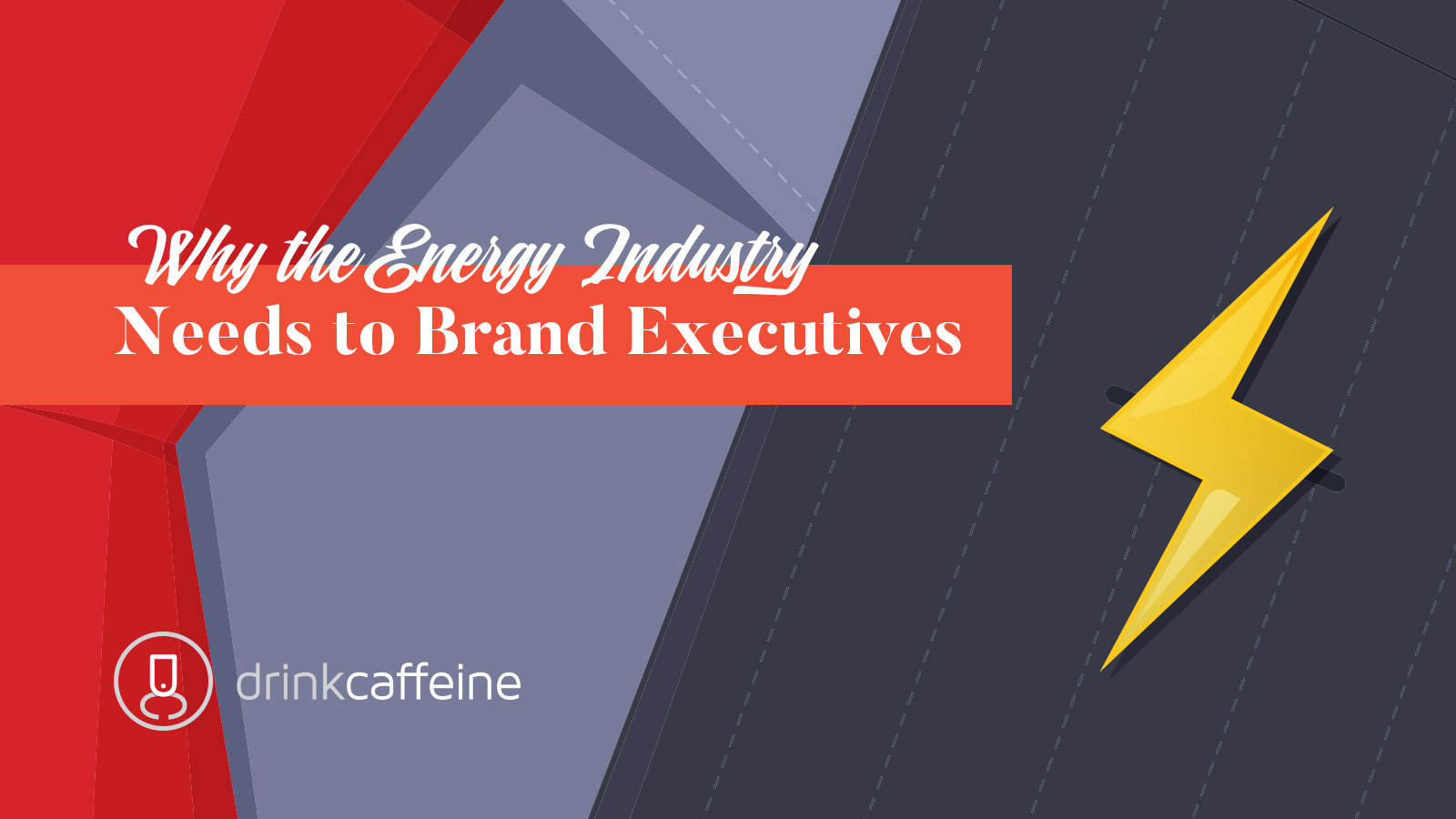Utility marketing: 50 shades of gray

Electric utilities, natural gas providers, and other legacy power industry companies have never been known for branding, often because those in charge did not see a return on the investment. But today, those companies are gray – and getting grayer.
According to a US Department of Energy report, 25% of US electric and natural gas employees will be ready to retire within 5 years. The US Department of Labor estimates that up to half of the current energy industry workforce will retire within 5-10 years.
This means the long goodbye of well-tenured senior energy executives is coming to a close – and opening an opportunity.
The new breed of energy executive
Look at the energy industry as a whole and you can see new professionals (from within and outside its ranks) entering senior leadership positions. For example, at a recent seminar for our client Marmon Utility at an IEEE show, we saw white men in their 60s mixed in with cohorts of younger men and women in their 30s, all of them smart, educated, tech-savvy decision-makers, furiously working their phones.
Which brings us to the point: Now is the time for upcoming energy executives to develop their personal brand.
3 reasons to build executive brands
Marketers often hesitate to use individuals to carry brand values. After all, isn’t the point of branding to build equity around a central, unified identity? Of course.
But the energy companies are different in ways that make personal relationships more central to their survival and success. Here’s why developing brand identities for energy executives holds value:
1. B2B buyers (and consumers, for that matter) can like a brand, but they need to trust people to deliver on promises. Especially where large, capital-intensive, risk-filled initiatives are involved, having a strong connection to a senior-level person can cement the relationship – and the sale.
2. Thought leadership. Customers of the energy industry at all levels seek meaningful content experiences to guide their decisions. Executives that are featured as leaders can “carry the message” and play a key role in establishing confidence in their company.
3. Catalyze lead generation. An executives who is branded as an expert “opens the door” with this or her reputation through personal authenticity. It’s a more effective selling tool than an image created by an ad or an offer.
How to build an executive brand
Energy industry leaders can build their personal brands in a few ways.
Blog. Quality blogs take, on average, 3-4 hours to complete. And blogging without a schedule can be counterproductive by seeming haphazard and undisciplined. But good blogs by senior leaders rate highly for credibility and influence in B2B decision making. So cultivate blog topics and content. Curate it from all sides of the business. And, if needed, hire a ghost writer to keep blogs on track.
Have a look at Forrester Research CEO George Colony’s blog, The Counterintuitive CEO it’s personal, useful and focused on success.
Tweet – but do it carefully. We’ve all seen the hazards of ill-timed, impulsive, poorly worded tweets. But executives don’t need to use Twitter as a platform for their own opinions. It works just as well as a means of sharing interesting and relevant content via retweeting. Marc Cuban does a lot, and it keeps his brand profile elevated.
Network and speak. It takes time and effort, but that’s why it’s called networking. Speaking engagements with industry groups may seem like small-batch marketing, but that’s where customers are won. Again it takes resources to sustain such a program, but the results can often be seem within 1-2 years. Pointer: Hire a media or performance coach to develop public speaking skills for execs with the right tools.
Articles and books. Strong written content is still the gold standard for executives who seek to build their brand. So consider producing an executive self-published book on an industry topic connected to your firm, and use it as a fulfillment tool, a gift, a premium at trade shows, and as a way to build credibility for your author.
Or, if a book is a bridge too far, consider pitching an article to industry media outlets, authored by a company executive, like this one by Scott Smith from Deloitte’s power and utilities division.
Of course there’s more to executive branding than what one blog can cover. So consider this an invitation to join us for a beverage and a conversation.

